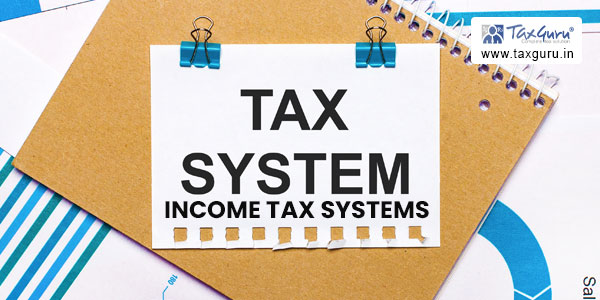The history of income tax in India dates back to ancient times and can be traced to the Mauryan Empire in 200 BCE. Before the British colonial period, India had a system of land taxes and poll taxes, but income tax was not a common feature. The modern Indian income tax system was first introduced in 1860 when the British colonial government in India promulgated the Income Tax Act. The aim of this Act was to impose taxes on the income of wealthy individuals and families to fund public works such as roads and railways. It imposed a flat rate of 1.5% on all incomes exceeding Rupees 250 per year.
The Indian Councils Act of 1861 expanded the scope of income tax by introducing direct assessments of income tax. This was the first time that income tax was imposed directly on individuals and not through on–the–spot collection or levies. At this time, a tax rate of 2.5% was imposed on income exceeding Rs 400 per year. By 1886, income tax laws in India had become highly complex, creating various disincentives and providing little incentive to comply.
India’s income tax system is based on a system of progressive taxation, in which higher incomes are taxed at a higher rate than lower ones. The income tax is levied by the Central Government, which collects it through the Income Tax Department, and it is shared among the states in accordance with the laws enacted by Parliament. The income tax is imposed on incomes from several sources, such as salaries and wages, business profits, professional income, capital gains, lottery and gambling winnings, vested property, agricultural income, and other sources of income. The taxes imposed on any one of these sources are collected as part of the total income tax paid. The Income Tax Act prescribes the rate of taxation for different types of incomes and for different taxpayers.

The tax rate for salaried individuals is based on the total income of the individual and the rate of tax is progressive and varies depending on the total income earned. The highest rate of tax is applicable to those earning an income of Rs. 1,00,00,000 or more per annum.
Finally, the Government also has a range of credits, deductions, and exemptions available to taxpayers based on certain criteria. This includes deductions for investments in specified assets, deductions for certain types of expenses, tax relief for certain charitable donations, and deductions for home loan interest paid by a taxpayer.
Taxpayers are required to submit the return of their income for income assessment purposes, which could be either on an annual basis, or for a specific period as prescribed by the tax authorities. It is important to note that there are certain penalties for non-compliance of income tax laws, including fines and penalties.
In 1934, the Government passed the Indian Income Tax Act, which provided for comprehensive taxation of incomes. This marked the beginning of the modern Indian income tax system and is still relevant today. The Indian Income Tax Act of 1961 brought several major changes to the system, including a new 30% bracket of income tax, an exemption limit of Rs 20,000 and a deduction limit of Rs 1 lakh. This Act also changed the way in which deductions were calculated and clarified the definition of a permanent establishment.
In 1977, the Indian Income Tax Act was again revised to include a slab–wise system of taxation. A number of deductions were also made available, including deductions for medical expenses, tuition fees, housing loans and other specified purposes. From 1984 onwards, income tax slabs were further refined and new exemptions were introduced for certain types of investments and incomes. The Indian income tax system has come a long way since its introduction in 1860. The system has been refined over the years to better address the needs of taxpayers, such as providing greater incentives for compliance and clarity in taxation procedures. Despite the changes, income tax remains an important source of revenue for the government, and is likely to remain so for the foreseeable future.
India’s income tax system is based on a progressive taxation system which taxes higher incomes at higher rates than lower incomes. The Central Government collects the income tax through the Income Tax Department and is shared among the states as per the laws enacted by Parliament. Taxpayers are required to submit returns of their income for assessment purposes, and there are penalties for non-compliance of income tax laws. The system also provides various credits, exemptions and deductions to taxpayers on the basis of certain criteria. It is important to ensure that all information submitted is accurate and up to date so that appropriate taxes can be levied to maximize the federal and state revenue generated by this important economic mechanism.
*****
(Author can be reached at email address casharma.sharad2000@gmail.com or on Mobile No. 9990365673)
Disclaimer: “Neither this article nor the information contained herein shall in any way be construed as forming a contract or shall constitute professional advice required before acting upon any matter. CA Sharad Kumar Sharma has taken all due care in the preparation of this article for accuracy in its contents at the time of publication. However, no liability shall be accepted by him in the event of any direct, indirect or consequential damages arising out of or in any way connected with the use of this article or its contents. “





